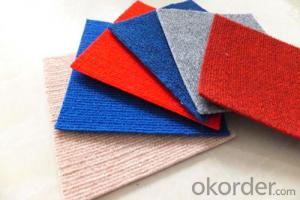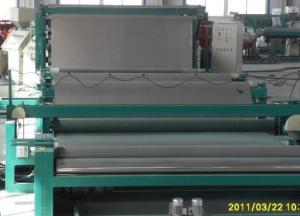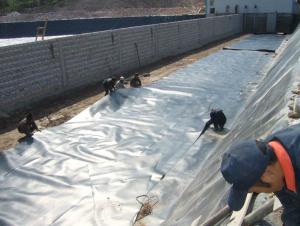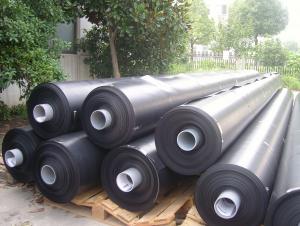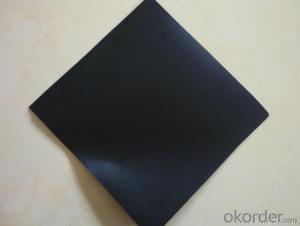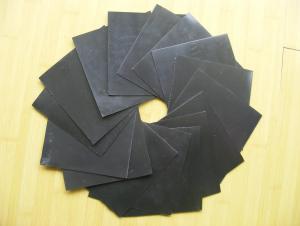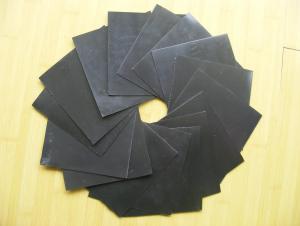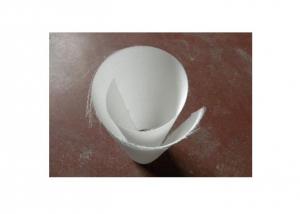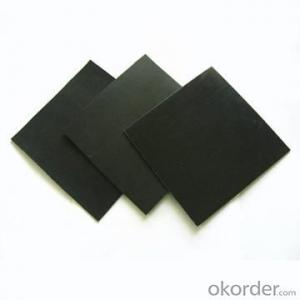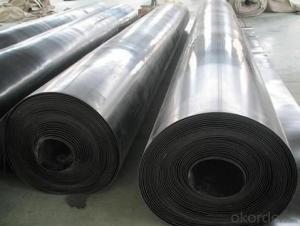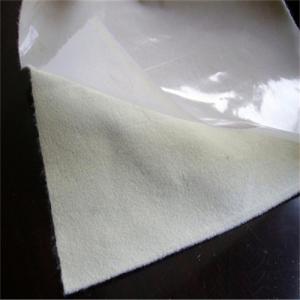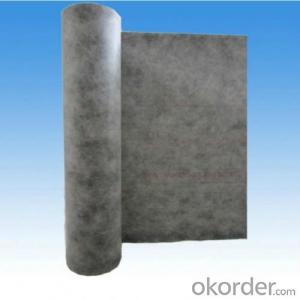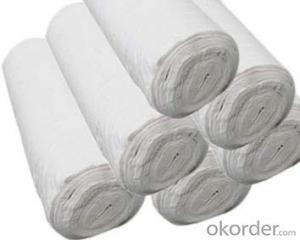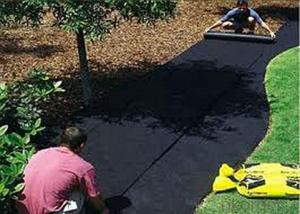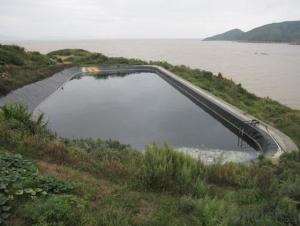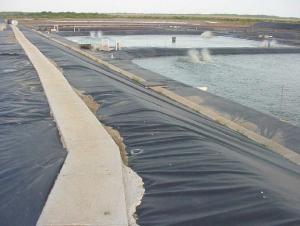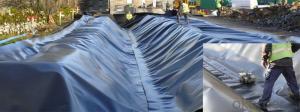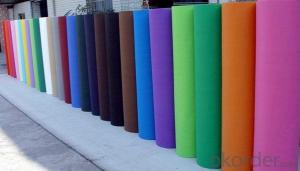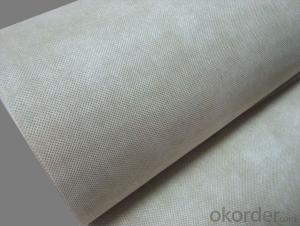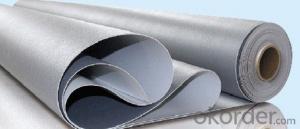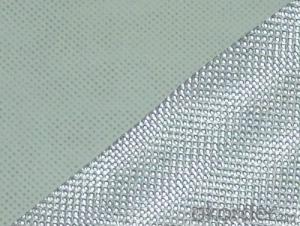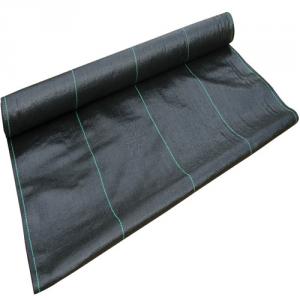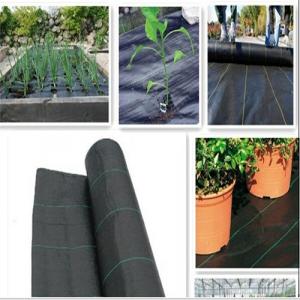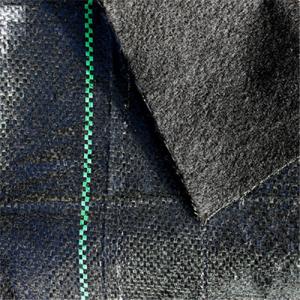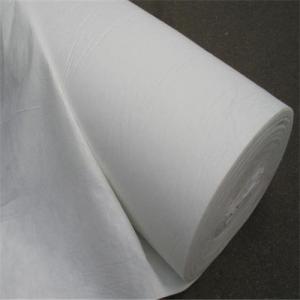Impermeable Geomembranes
Impermeable Geomembranes Related Searches
Geomembrane Impermeable Permeable Geomembrane Geomembrana Impermeable Impervious Geomembrane Impermeable Geomembrane Liner Geomembranes Waterproof Geomembrane Prefabricated Geomembranes Pre-Seamed Geomembranes Geomembrane Waterproofing Geomembrana Para Impermeabilizar Conductive Geomembrane Geomembrane Materials Prefabricated Geomembrane Geomembrane Tanks Reinforced Geomembrane Composite Geomembrane Textured Geomembrane Geomembrane Systems Geomembrane Containment Plastic Geomembrane Geomembrane Liners Wholesale Geomembrane Geocomposite Membrane Geomembrane Geotextile Geomembrane Products Geomembrane Drainage Geomembrane Technologies Geomembrane Material Geomembrane PropertiesImpermeable Geomembranes Supplier & Manufacturer from China
Impermeable Geomembranes are a type of synthetic liner material designed to provide a barrier against the passage of liquids, gases, and other substances. These membranes are typically made from high-density polyethylene (HDPE), low-density polyethylene (LDPE), or other polymers, and are engineered to resist chemical degradation, UV radiation, and other environmental factors. They are widely used in various industries, including waste management, mining, agriculture, and construction, to prevent contamination and protect the environment.Impermeable Geomembranes are employed in a variety of applications, such as lining landfills, containment ponds, reservoirs, and canals. They are also used in the construction of water treatment facilities, fish farms, and aquaculture systems. These membranes are highly effective in preventing the leakage of hazardous substances and maintaining the integrity of the structures they are used in. By using Impermeable Geomembranes, industries can ensure compliance with environmental regulations and minimize the risk of pollution.
Okorder.com is a leading wholesale supplier of Impermeable Geomembranes, offering a vast inventory of high-quality products to cater to the needs of various industries. With a commitment to providing exceptional customer service and competitive pricing, Okorder.com has established itself as a reliable source for Impermeable Geomembranes and other related products. Their extensive inventory ensures that customers can find the right geomembrane solution for their specific project requirements, making them a trusted partner in the field of environmental protection and containment.
Hot Products



